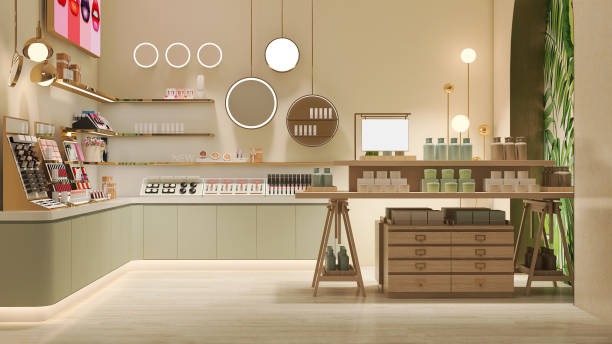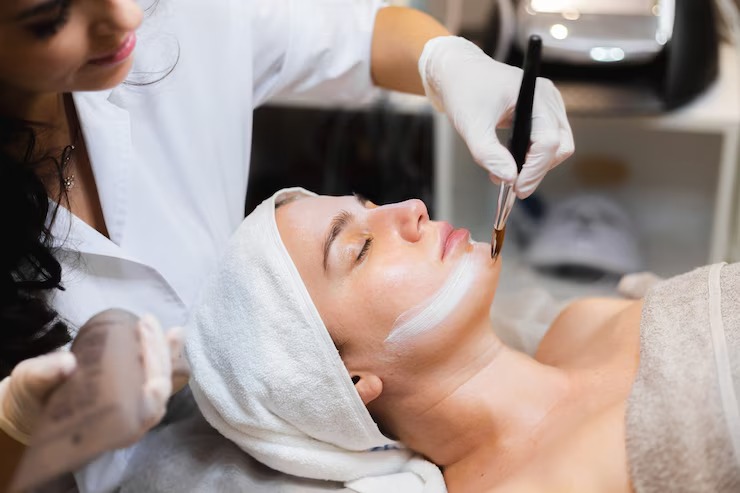The Psychology Behind Beauty Choices
Beauty is more than skin deep. It’s a complex interplay of psychology, culture, and personal identity. The choices we make about our appearance—whether it’s the skincare products we use, the makeup we apply, or the hairstyles we adopt—are deeply rooted in psychological factors. Understanding these influences can help us make more intentional and fulfilling decisions about how we present ourselves to the world.
The Role of Self-Perception
At the heart of beauty choices lies self-perception. How we see ourselves often dictates how we want others to see us. For instance, someone who views themselves as bold and adventurous might opt for vibrant hair colors or edgy makeup looks, while someone who identifies as classic and understated may prefer neutral tones and minimalist styles.
Self-perception isn’t static; it evolves with life experiences and societal influences. A person who undergoes a significant life change, such as a career shift or a personal milestone, might experiment with new beauty routines to reflect their evolving identity. Recognizing this connection can empower individuals to align their beauty choices with their authentic selves.
Cultural and Social Influences
Culture plays a pivotal role in shaping beauty standards and, consequently, beauty choices. From the K-beauty craze to the rise of clean beauty, trends often emerge from specific cultural contexts and spread globally. These trends are reinforced by media, advertising, and social platforms, which create a collective ideal that many strive to emulate.
Social influences also come into play. Peer pressure, family expectations, and even workplace norms can impact beauty decisions. For example, a person might choose a particular skincare brand because it’s popular among their social circle or adopt a specific hairstyle to fit in with workplace expectations. Being aware of these external pressures can help individuals discern whether their choices are truly their own or driven by external validation.
Emotional Triggers and Confidence
Beauty choices are often tied to emotions. Many people turn to beauty routines as a form of self-care or a way to boost their mood. Applying a favorite lipstick or indulging in a skincare ritual can provide a sense of comfort and control, especially during stressful times.
Confidence is another key factor. Studies have shown that feeling good about one’s appearance can enhance self-esteem and positively influence interactions with others. For example, someone who feels confident in their makeup might approach social situations with greater ease. However, it’s important to strike a balance—relying too heavily on external beauty for confidence can lead to unhealthy dependencies.
The Impact of Marketing and Media
Marketing and media have a profound impact on beauty choices. Advertisements often play on insecurities, promising transformative results to encourage product purchases. The rise of influencer culture has further amplified this effect, with beauty gurus and celebrities endorsing products and setting trends.
While these influences can introduce us to new products and techniques, they can also create unrealistic expectations. It’s essential to critically evaluate the messages we consume and consider whether they align with our personal values and needs. Instead of chasing trends, focus on what makes you feel comfortable and confident.
Practical Tips for Mindful Beauty Choices
Making mindful beauty choices involves self-awareness and intentionality. Here are a few actionable tips to guide you:
1. Reflect on Your Intentions
Before making a beauty purchase or trying a new look, ask yourself why you’re drawn to it. Is it because you genuinely like it, or are you influenced by external pressures? Understanding your motivations can help you make choices that align with your true self.
2. Experiment Within Your Comfort Zone
Beauty is a personal journey, and it’s okay to experiment. However, it’s important to stay within your comfort zone. Trying a new lip color or hairstyle can be fun, but don’t feel pressured to adopt trends that don’t resonate with you.
3. Prioritize Self-Care
View beauty routines as a form of self-care rather than a chore. Whether it’s a relaxing face mask or a calming skincare routine, prioritize activities that make you feel good both inside and out.
4. Celebrate Your Unique Features
Instead of focusing on perceived flaws, celebrate what makes you unique. Whether it’s freckles, curly hair, or a distinctive smile, embracing your individuality can boost confidence and reduce the need to conform to external standards.
5. Stay Informed
Educate yourself about the products you use and their ingredients. Understanding what goes into skincare and makeup can help you make healthier and more sustainable choices.
Conclusion
Beauty choices are a reflection of who we are and how we want to be perceived. By understanding the psychology behind these decisions—self-perception, cultural influences, emotional triggers, and media impact—we can make choices that are authentic and empowering. Ultimately, beauty is about feeling good in your own skin and expressing your unique identity with confidence.



